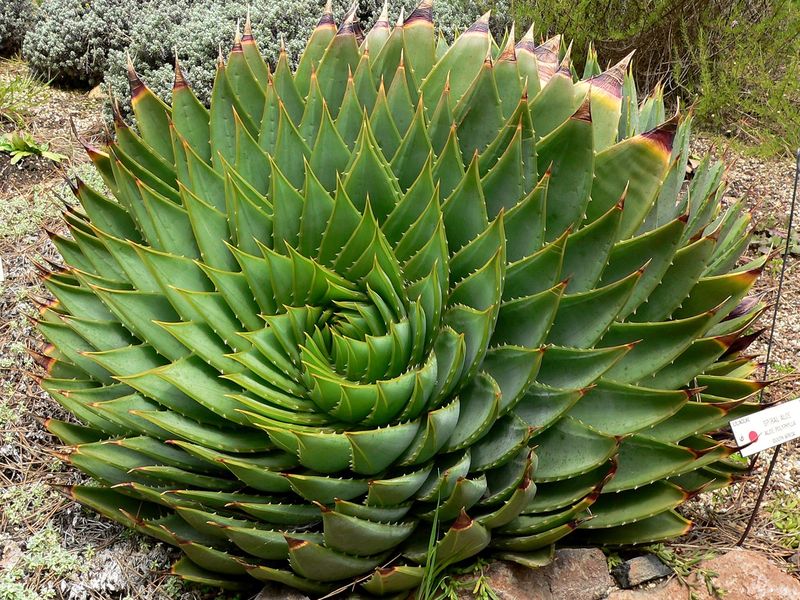Plant Identification by Leaf: Unlocking the Clues in Nature’s Patterns

Nature’s patterns are a source of endless fascination, and one of the most intricate and diverse patterns can be found in the leaves of plants. Leaves come in an astonishing array of shapes, sizes, colors, and textures, making them invaluable tools for plant identification. In this article, we’ll delve into the art of plant identification by leaf and how these green wonders provide the clues needed to unlock the secrets of the natural world.
- The Remarkable Diversity of Leaves:Leaves are nature’s canvases, offering an astounding variety of shapes, from the delicate, feather-like structures of ferns to the bold, broad leaves of maple trees. Their diversity is a testament to the adaptability of plants to different environments.
- Observing Leaf Characteristics:To identify a plant by its leaves, it’s crucial to pay attention to a range of characteristics, including shape, size, arrangement, margins, and texture. Each of these features provides valuable information.
- Leaf Shape:Leaf shape is a primary identifier. Leaves can be lance-shaped, heart-shaped, ovate, elliptical, and much more. The distinct shape of a leaf often narrows down the possibilities for identification.
- Leaf Size:The size of leaves varies widely among plant species. Consider both the length and width of the leaf, as these dimensions can provide clues about the plant’s identity.
- Leaf Arrangement:Leaves can be arranged on a stem in various ways: opposite, alternate, or whorled. This arrangement is an important feature to note.
- Leaf Margins:The margins, or edges, of leaves can be smooth, serrated, lobed, or toothed. These characteristics further refine the identification process.
- Leaf Texture:Touch the leaf to assess its texture. Some leaves are smooth and glossy, while others are rough, fuzzy, or even spiny. Texture can be a distinctive feature.
- Leaf Veins and Patterns:Veins within the leaf create patterns that are unique to each plant. Pay attention to the arrangement of veins, as well as any patterns, such as parallel or palmate venation.
- Leaf Color:While not always the most reliable characteristic, leaf color can still provide valuable clues. Some plants have leaves with distinctive colors, like the red leaves of the red maple or the silver-gray leaves of the dusty miller.
- Leaf Persistence:Some plants are deciduous, shedding their leaves in the fall, while others are evergreen, retaining their leaves year-round. This can be a helpful clue for identification.
- Leaf Growth Form:The overall growth form of the plant, as influenced by its leaves, is another indicator. Some plants have rosettes of leaves, while others have a distinct branching pattern.
- Resources for Identification:Utilize field guides, online databases, and plant identification apps that focus on leaves as a central identification feature. These tools can provide further guidance and support your identification efforts.
Conclusion:
The art of plant identification by leaf is a captivating journey that unveils the intricacies of the natural world. Leaves are not only the energy factories of plants but also their unique signatures. With the keen eye of an observer, attention to detail, and the support of resources and guides, you can unlock the secrets of nature’s patterns. As you explore the rich tapestry of leaves in the wild, you will not only identify plants but also develop a deeper connection to the environment and an appreciation for the remarkable diversity of plant life that surrounds us.




